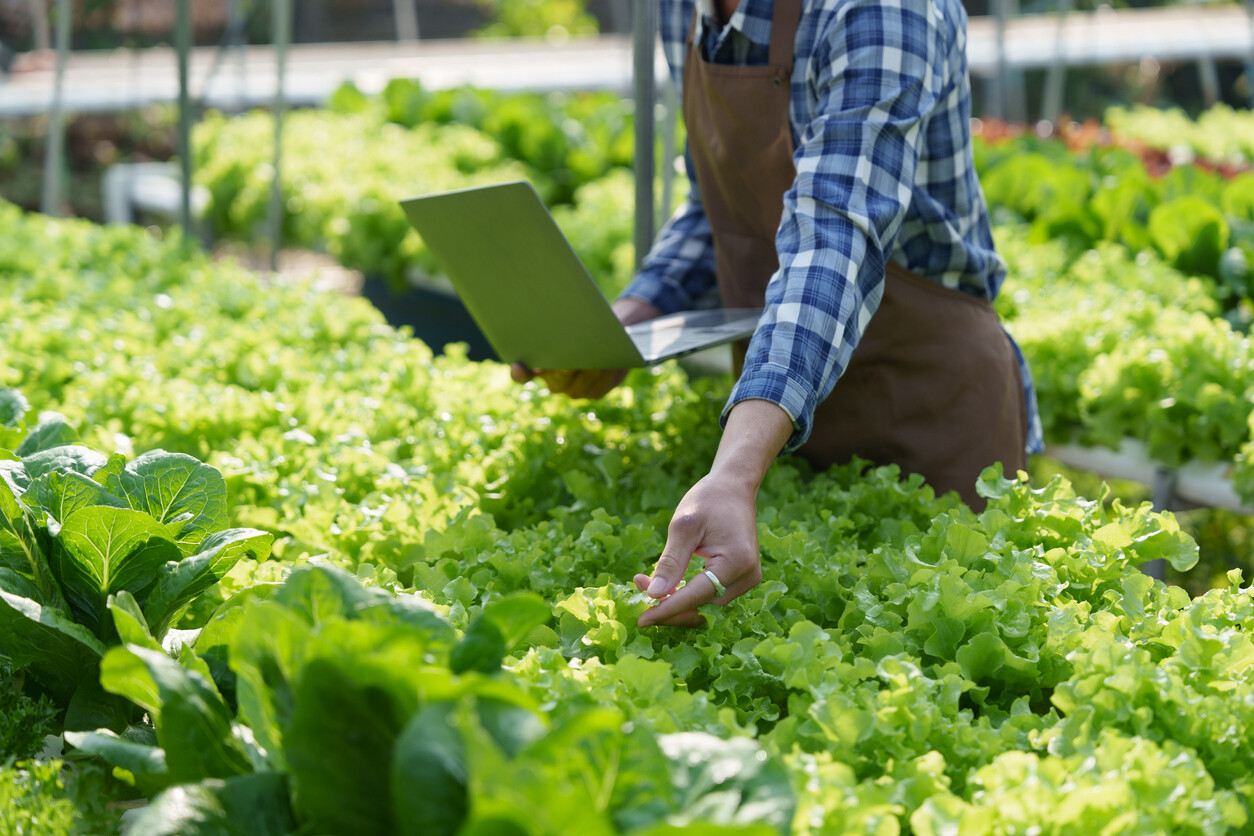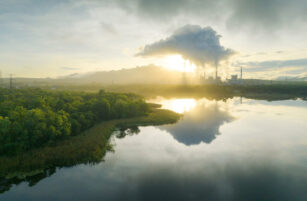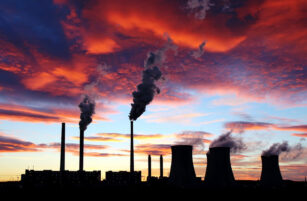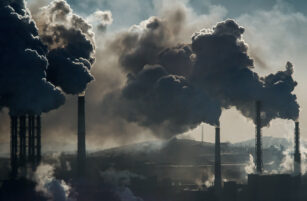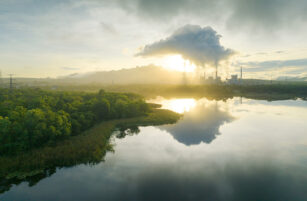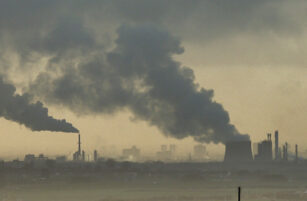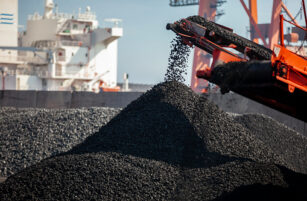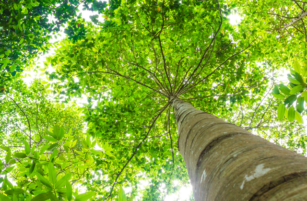Insight Focus
Extreme weather events, such as droughts and floods, are becoming more common. This represents one of the biggest challenges for agribusiness. New research on crop adaptation may help minimise the problem.
Climate Change Accelerates Crop Research
Brazilian agribusiness has long been celebrated for its productivity, positioned among the world’s top agricultural producers. Yet, as the effects of climate change intensify, it has become clear that productivity alone will not secure the sector’s future. Rising temperatures, shifting rainfall patterns, and an alarming increase in extreme weather events—including droughts, floods and severe storms—are transforming Brazil’s agricultural industry.
As highlighted in our recent article, the recent floods in Rio Grande do Sul devastated 70% of the state, causing over BRL 1.3 billion in agribusiness losses and severely impacting soybean harvests. This event underscores a wider trend: extreme weather events in Brazil have surged by 162% over the past decade, contributing to losses of BRL 50 billion in key agricultural states and a national agribusiness revenue drop of 8.7% in 2022 alone.
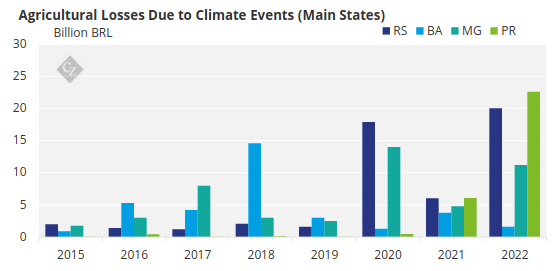
Source: Ministry of Agriculture and Regional Development
With prolonged droughts in the Central-West and intensified rainfall in the South, these shifts endanger essential crops like soybeans, corn and sugarcane. In response, Brazilian researchers and agribusiness leaders are urgently developing climate-resilient solutions—from improved crop varieties to advanced soil management and risk-mapping tools.
To explore Brazil’s strategies for mitigating these challenges, we spoke with Clenio Nailto Pillon, Executive Director of Research and Innovation at the Brazilian Agricultural Research Company (Embrapa), who shared insights on the vital innovations underway to fortify Brazilian agriculture against an increasingly volatile climate.

Clenio Nailto Pillon, from Embrapa. Photo: publicity.
How does the bioconservation agenda fit into the growth strategy of Brazilian agribusiness?
We adapted our strategic planning last year. Some points reinforce issues that were already present, such as attention to climate change, and there are new aspects, such as health. This pillar looks at the health of agriculture in conjunction with human health and the environment, as everything is interconnected. Habitat degradation and climate change can favour, for example, the emergence of diseases.
In this sense, the bioconservation agenda is strategic, including for large crops such as grains. The idea is to follow the path of increasing productivity with investment in biotechnology and adapting cultivars to climate change.
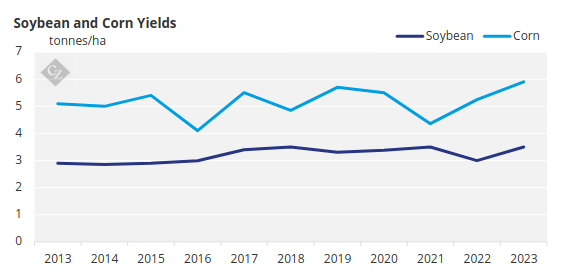
Source: Conab
For productivity to continue increasing, will it be necessary to invest more in adapting crops to climate change?
This is very important. In agriculture, the stress caused by high temperatures and changes in rainfall are already noticeable. We are using resources such as biotechnology and gene editing to adapt crops to extreme climate events. There is, for example, research on the tolerance of soybean cultivars to flooding stress.
We have a special look at large crops such as soybeans, corn and sugar cane. In relation to sugarcane, we developed a study on irrigated varieties in regions with low or irregular water availability, such as the Brazilian semi-arid region, which has potential. We also carry out research on sugarcane irrigation in the Cerrado, where stress caused by water deficits is increasing.
Is one of the biggest challenges adapting crops to more intense periods of drought and floods?
We are seeking greater crop tolerance to this type of weather event and the increase in average temperature, which also influences agriculture. It is estimated that the Central-West will experience increasingly intense periods of drought, while the South will experience more extreme rain events. We need cultures that are more resilient to these conditions.
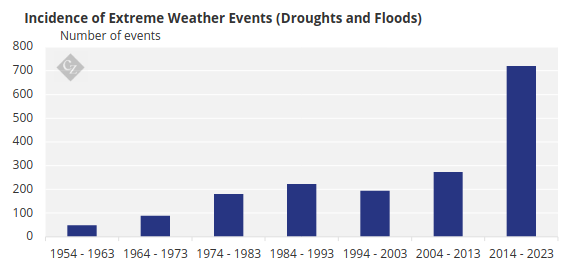
Source: National Geological Service
Are there other strategies capable of combating the effects of climate change?
One of the most important is the correct management of soil and water. We have studies and publications, for example, on soil and water management and conservation in the no-tillage system in the Cerrado and other biomes. Brazil has 35 million hectares in this system, which contributes to soil conservation, and the objective is to advance this agenda. This helps us to live with periods of drought and excessive rainfall.
And how is agricultural climate risk zoning being improved?
We are incorporating appropriate types of management, such as no-tillage and agroforestry systems, that allow greater resilience to climate risks. With this, we will be able to better predict the impact of periods of drought and floods on productivity, minimizing losses. It is important to remember that agricultural zoning is a tool that defines the most appropriate planting periods for each crop and region of the country.
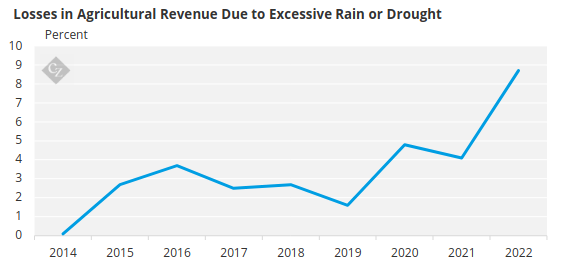
Source: Ministry of Agriculture
Is climate change already affecting planting periods?
In some regions, such as Western Bahia, this is already happening. In general, regions that were suitable for a certain culture may no longer be so and the reverse may also happen. The climate risk scenario is being reshaped.
Another sensitive point in Brazilian agriculture is its dependence on fertilisers. How is this issue being addressed?
This question is fundamental. Brazil imports tens of millions of tonnes of fertilizers. Regarding the potassium used in the manufacture of fertilizers, we import more than 80% of what we use. The country has food security, but it does not have food sovereignty because of this.
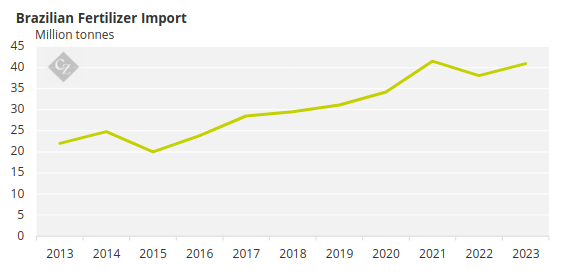
Source: Comex
Embrapa entered a partnership with Petrobras in September to develop, among other things, mixed chemical and urea-based fertilizers. The idea is to start manufacturing urea in 2025.
Analysis of rocks with potential for agricultural use is also being carried out. These are rocks that can be used in agriculture to provide nutrients and tend to be found in mining areas. There is a large database of rocks with potential for agricultural use. Embrapa is analysing these materials to carry out an assessment of agronomic efficiency. Some rocks are sources of potassium, others of magnesium. We are also carrying out field trials to test these raw materials.
Is the development of biofertilizers also important to reduce the need to import inputs?
Yes, and we have made progress on this agenda. We developed a technology, in partnership with a private company, based on bacteria that increase the solubilisation of phosphorus in the soil. This reduces the need for phosphorus use. We are also developing inoculants based on microorganisms that help fix nitrogen in the soil. By 2050, we must half fertilizer imports. We are working to make Brazilian agriculture more resilient.
